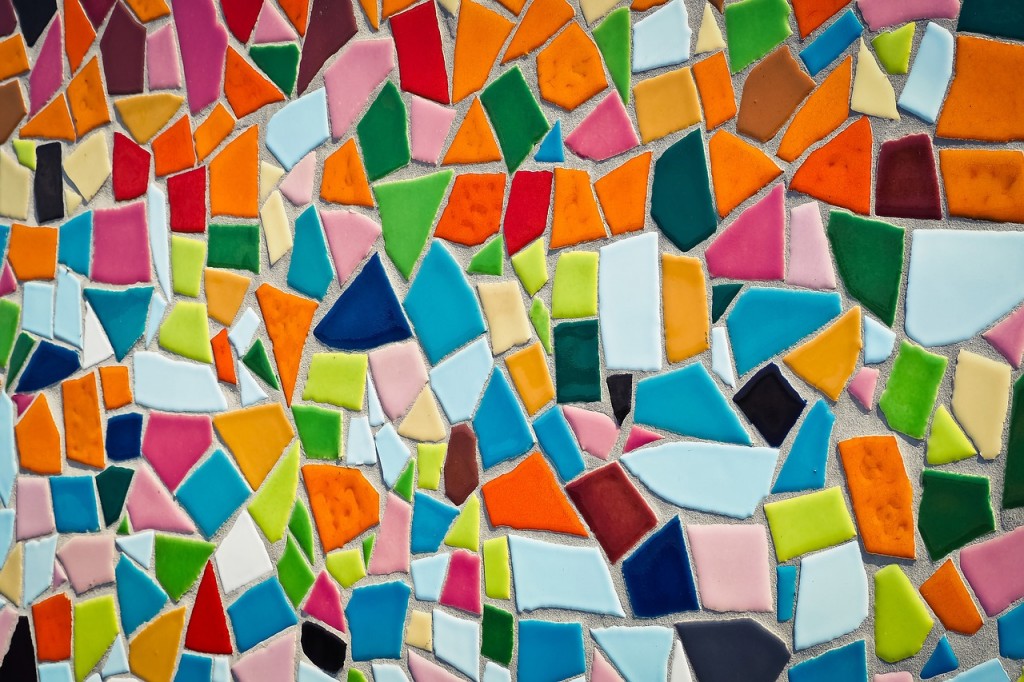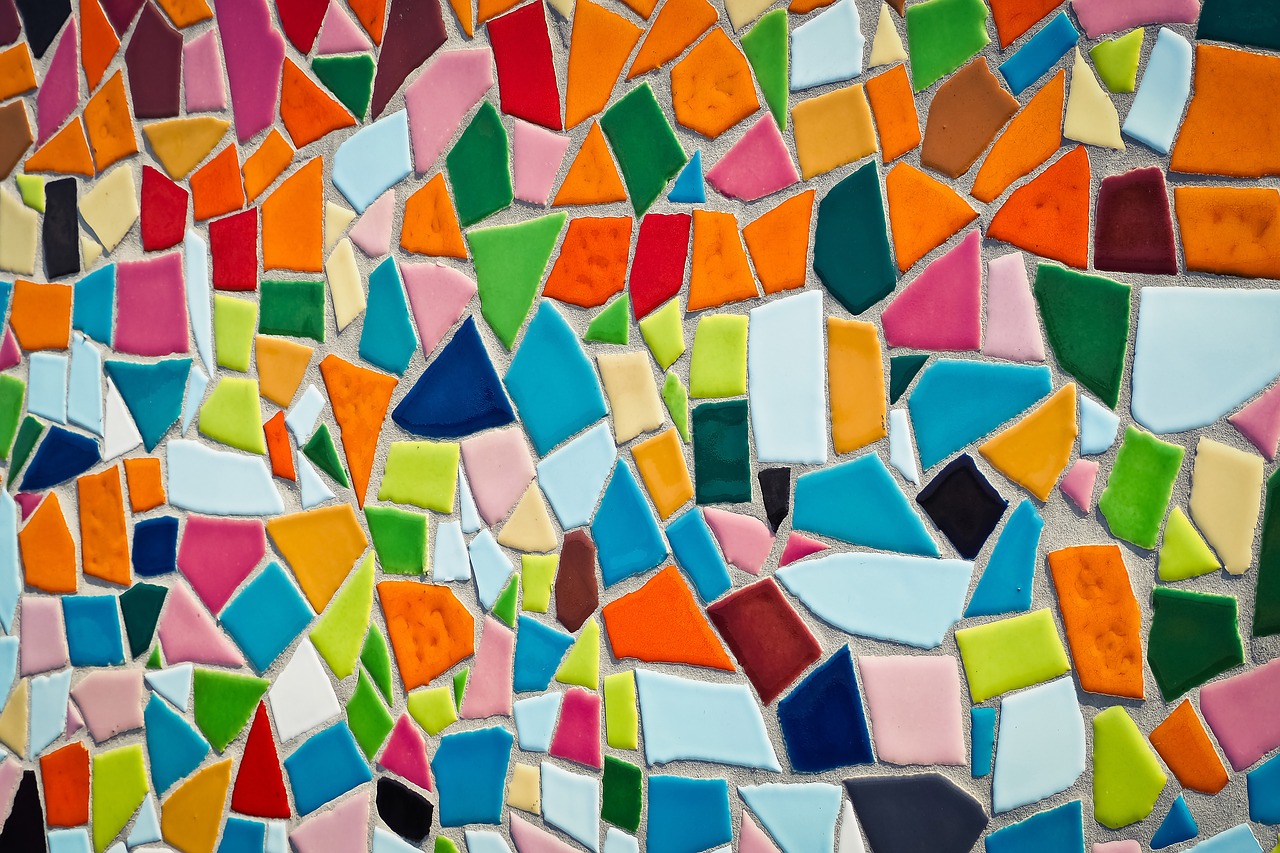
In this post, Rosie Stenhouse describes a new honours course that invited both undergraduate and postgraduate students to critically engage with mental health through developing a creative asset…
This year I ran a new honours option Contemporary issues in mental health: engaging through arts, humanities and social science. The aims of this course were to critically engage students with mental health related experiences such as asylum seeking and homelessness through a range of media including poetry, literature, film, as well as scholarly articles from the humanities and social sciences; encouraging students to engage with a variety of creative artefacts to invite a wider conceptualisation (than the recognised disciplinary boundaries) of what constitutes evidence; and to reflect on how these different forms of evidence engages them both cognitively and emotionally.
The assessment for the course required students to critically engage with the literature and other evidence around their chosen topic and develop an argument. They then had to develop a creative asset – digital story, short film, poem or other creative writing – which enabled them to convey their argument to an audience. The rationale for a creative asset as a form of assessment was that in order to convey an argument creatively, it is necessary to have deeply engaged with the evidence upon which it is based. The critical argument was presented in a short paper where the students also discussed their use of metaphor and image alongside any other structural/creative devices used in the development of their creative asset. To support the students to develop their creative assets, practical workshops on creative writing, digital story making and film making formed part of the curriculum.
Development of this creative assessment generated a number of challenges. Firstly, many students indicated that they were really interested in the course but did not consider themselves creative and were fearful of a poor mark in the honours phase of their degree programme. These comments justified the inclusion of the practical workshops to equip students with the skills to make a creative asset. However, it was also acknowledged that despite the workshops students would have limited competence and this underpinned the development of the marking criteria below. Secondly, students had never undertaken assessment in this format and were unsure how to conceptualise the link between creative asset and critical writing. I therefore undertook the assessment, offering my poem and written paper as an example for students. Finally, an assessment inviting a range of creative formats creates the potential for disparity in marking across different media.
In response to these challenges, the following marking criteria were developed:
- Presentation of a coherent story/argument in the arts-based asset.
- Consideration of image/metaphor to facilitate emotional engagement with the arts-based asset.
- Level of critical engagement with the literature on the chosen issue demonstrated through the written submission.
- Development of a coherent story/argument in the written submission.
These criteria demonstrated that it was not students’ creative skills per se, but their critical engagement, understanding of how to engage audiences using image and metaphor and ability to develop and present a coherent argument that were being valued by the assessment. The criteria also facilitated marking of assets across a range of creative media making it possible to mark a poem comparably to a digital story for instance. It was reassuring that comments from both internal moderator and external examiner reflected the usefulness of these criteria in creating parity across the marking and clear feedback for students.
A total of 12 films and digital stories, 10 poems and one piece of musical composition were submitted. Student engagement with the topics they addressed was evident, and discussion with some students identified that they experienced a need for increased engagement with the literature around their topic in order to develop their asset. This highlighted that it is possible to use creative forms to assess critical engagement and thinking. The quality of the creative assets was such that they were showcased at an event in the School of Health in Social Science creating interest from staff and students.




Multimodal assessment sounds exciting but hard! Can we see any examples of the students’ output?